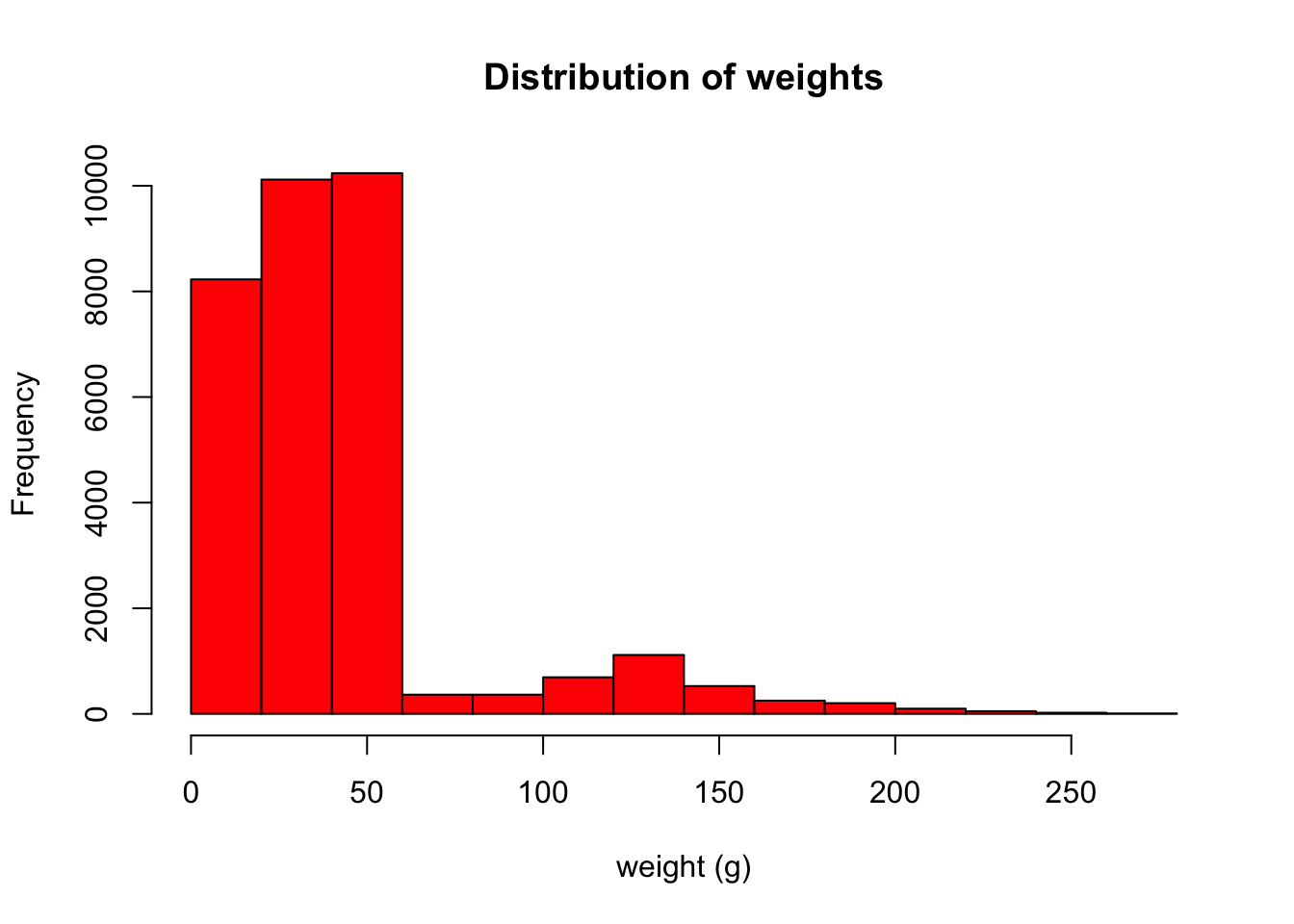



FOR LOOP IN R DATA FRAME HOW TO
It's become a daunting task if you don't know how to write a loop. Suppose you are asked to impute Missing Values with Median in each of the numeric variable in a data frame. The program below creates multiple data frames based on the number of unique values in variable Species in IRIS dataset.įor (i in 1:length(unique(iris$Species))) The seq_along finds out what to loop over.Įxample 2 : Split IRIS data based on unique values in "species" variable it's better to generate all the column data at once and then throw it into a ame. It's generally not a good idea to try to add rows one-at-a-time to a ame. The vector function can be used to create an empty vector. Appending a data frame with for if and else statements or how do put print in dataframe.
FOR LOOP IN R DATA FRAME CODE
The above FOR LOOP program can be written like the code below. The length function could also be used to know the number of column. Next step is to define the number of columns for which loop over would be executed. Prior to starting a loop, we need to make sure we create an empty vector. This concept is not new and it has been in the programming field over many years. Calculations are generally faster than with a for loop. It is similar to FOR LOOP in other languages such as VB, python etc. Use the apply command to repeat a function on multiple columns of a data frame. If you try to run the previous codes for only 1000 or 10000 iterations you won’t see the difference.Like apply family of functions, For Loop is used to repeat the same task on multiple data elements or datasets. However, the more resource consuming the task is, the more difference will arise pre-allocating objects in memory. Note that the results may depend on the speed of your computer and will vary if you run the code several times. The main differences are that the stepresult must be assigned into a dataframe rather than a vector, and we use bindrows() instead of c(), to add rows to the output. start_time <- Sys.time()Įnd_time - start_time # Time difference of 0.126972 secs Alternatively, its possible to catch the loop output as a data frame. After the comma, we select only the code column from the data frame. Second, copy the previous code and pre-allocate the store variable with the final length of the vector. Then we add the or condition ( ) where we select rows with code column equal to 1. start_time <- Sys.time()Įnd_time - start_time # Time difference of 0.4400518 secs (running time on my computer) Create an empty dataframe, this will be the output file TB <- ame (VAR1double (),VAR2double (),IDcharacter. Add stacked rasters per location into a list raslist <- list (LOC1,LOC2,LOC3,LOC4,LOC5) 2. The Sys.time function will store the time when the function itself is executed, so make sure you call the following code at once, not line by line. Here the for loop code with the use of a data frame: 1. Other functions will be discussed later along with lists and data frames. Let’s see an example:įirst, you can create a variable named store without indicating the size of the final variable once filled inside the loop. For loops in R always iterate over a sequence (a vector), where the length of. a list or vector or matrix), applying a function to each element of the object, and the collating the results and returning the collated results. The operation of a loop function involves iterating over an R object (e.g.
FOR LOOP IN R DATA FRAME SERIES
The arguments are a dataset, the margin to loop over ( 1. The loop functions in R are very powerful because they allow you to conduct a series of operations on data using a compact form. Append for loop result to a empty data frame in RStudio.As angle brackets aren't allowed in description, it is replaced by '' sign.The r code: Append dat. This means that it’s possible to wrap up for loops in a function, and call that function instead of using the for loop directly. This technique consists on reserving space for the objects you are creating or filling inside a loop. The prototypical functional is apply, which loops over either the rows or the columns of a data frame. For loops are not as important in R as they are in other languages because R is a functional programming language.

If you run or plan to run computationally expensive tasks, you must pre-allocate memory.


 0 kommentar(er)
0 kommentar(er)
